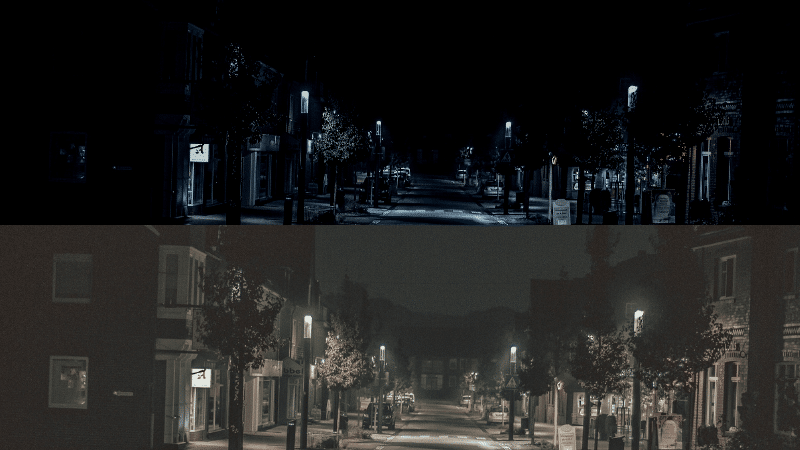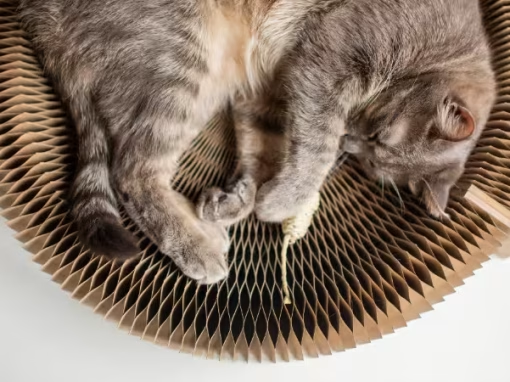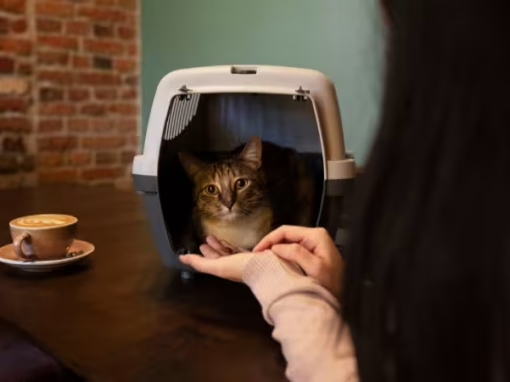Cats and humans are two species with vastly different visual systems. While humans have excellent color vision and sharp detail, cats have adapted to see in low light and detect motion. Let’s take a closer look at the differences between cat vision vs human vision.
Cat Vision vs Human Vision at Night
Firstly, cats have much larger eyes than humans relative to their head size. This allows them to gather more light in dimly lit environments, making them excellent hunters in low light conditions. Cats also have a larger number of rod cells in their eyes, which are responsible for detecting light and motion. This gives them superior night vision compared to humans.
Cat Vision vs Human Vision Color
On the other hand, humans have better color vision than cats. While cats only have two types of color receptors in their eyes (blue and green), humans have three types (red, blue, and green). This enables us to see a wider range of colors and perceive more vivid and nuanced shades. Humans also have a much higher visual acuity than cats, meaning we can see finer details at a greater distance.
Cats Eye Anatomy
Another difference between cat vision vs human vision is the way our eyes are positioned. Cats have eyes that are positioned more toward the sides of their heads, giving them a wider field of view. This allows them to have a better peripheral vision than humans, making it easier for them to detect movement and potential prey. However, their binocular vision (the ability to see with both eyes at the same time) is limited, which can make depth perception more difficult.
In contrast, humans have forward-facing eyes that provide us with excellent binocular vision. This allows us to see in 3D and judge distance more accurately. Our eyes are also able to move more freely, which allows us to scan our surroundings quickly and easily.
Cat vs Human Eyesight
When it comes to visual processing, the human brain is better equipped to make sense of the complex images we see. We have a large part of our brain dedicated to visual processing, allowing us to analyze and interpret what we see in great detail. Cats, on the other hand, have a smaller visual cortex and are not as adept at interpreting complex visual information.
In conclusion, while both cats and humans are visually oriented animals, we have different adaptations that allow us to excel in different environments. Cats have superior night vision and are adept at detecting motion, while humans have excellent color vision, visual acuity, and depth perception. By understanding the differences in cat vision vs human vision, we can gain a greater appreciation for the diverse ways in which animals perceive the world around them.



